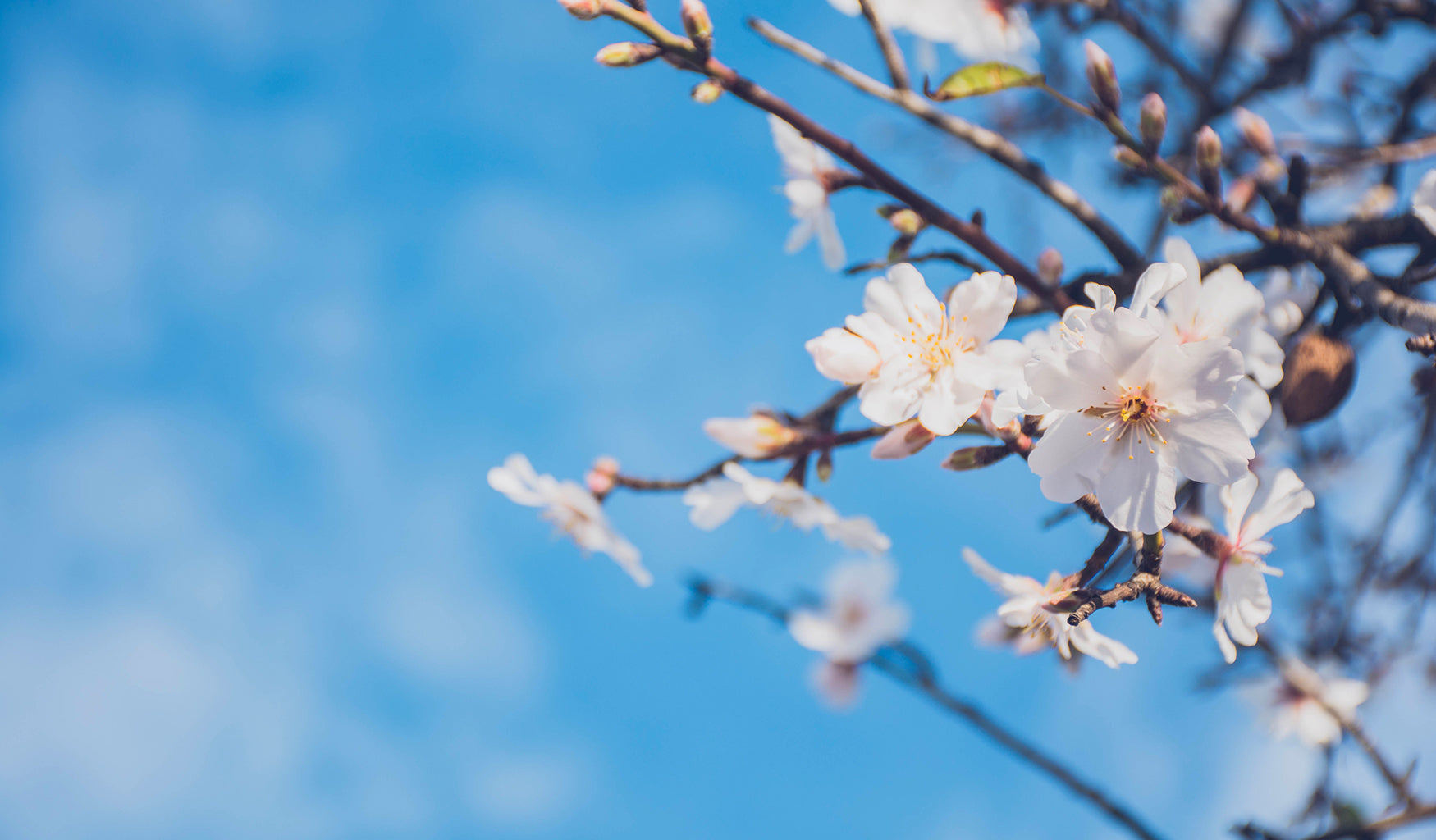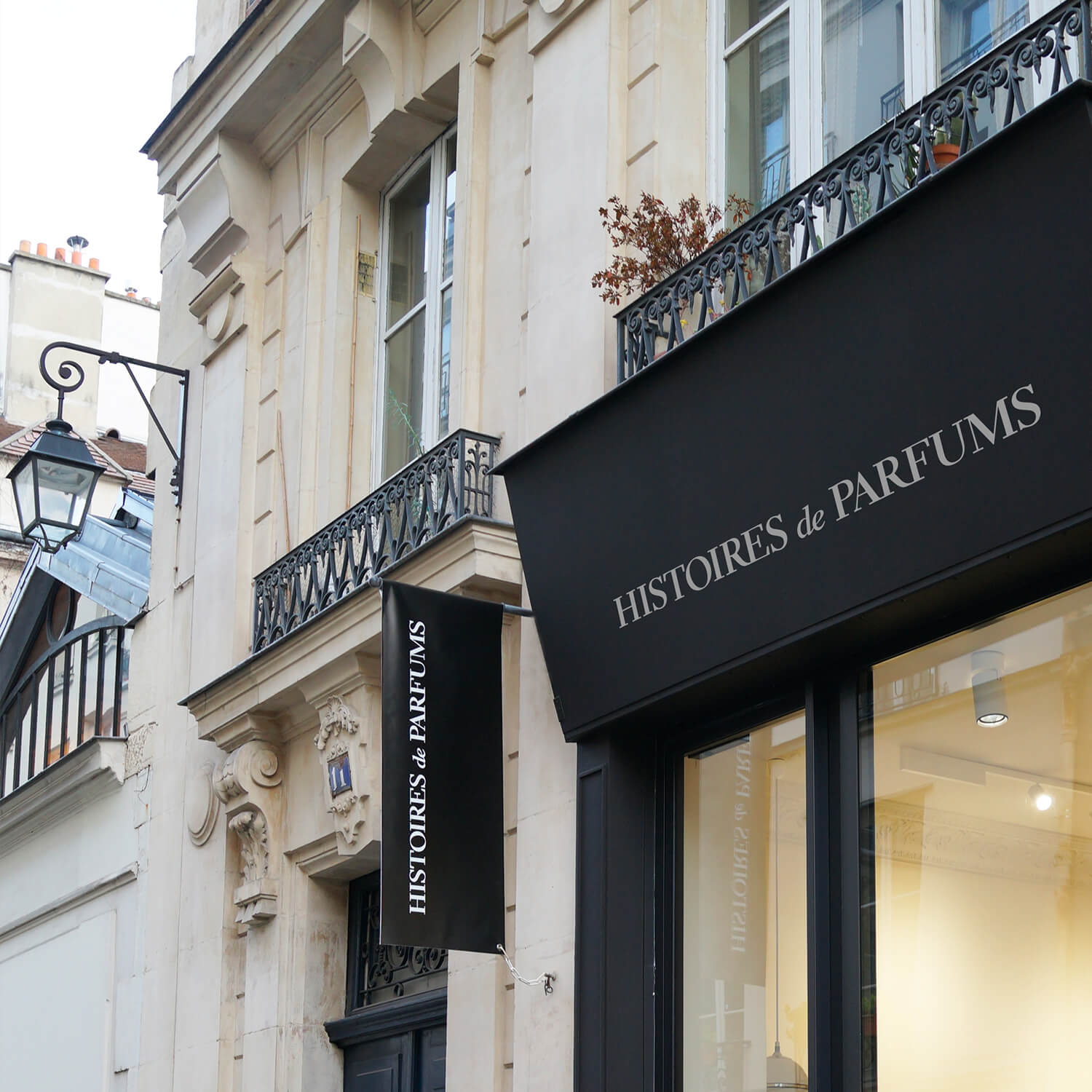
A brief history of the Almond tree...
To trace the origins of the Almond would almost be to trace back those of mankind itself for it is indeed one of the first fruits that humans domesticated. It is also the first note to have been synthesised, during the 19th century, marking the advent of a new era in perfumery - the one we are still currently in. Together, they make good reasons to take a closer look at the history of this fruit which has kept flattering our sense of smell for so long and if we needed a third one, let’s just say that now is the season in France when we eat it in galettes...aplenty.

We date the appearance of almonds and their first use by humans to circa. 780 000 BCE. However, the fruit was not yet the one we now cherish – it was back then still bitter and toxic thus humans would use its shell as a pestle. It is around the 3rd millennium BCE that almond was properly domesticated and by chance as it seems, in a region at the confluence of present-day Iran and Armenia, whence it spread around Levant since it was placed in Tutankhamun’s tomb in 1325 BCE.
Such ancient history explains its prime importance in Mediterranean cultures.

The Hebrews saw the almond tree as a sign of life, rebirth and vigilance for it is the first tree to flower, before even Spring and thus heralds it. This explains why the Hebrew word for “almond, sheqed, shares a common root with the verb “to watch”, shaqad, a proximity made famous by the sign of Jeremiah, when he sees “a rod of an almond tree (maqqel shaqed)” to which Yahweh replies “You have seen correctly, for I am watching (shoqed)”. It is also the reason why the chalices of the Menorah, the candelabra that burnt in front of the Tabernacle, had to be almond-shaped.

The Greeks made the almond tree a sign of fertility. As such, it was closely linked to the cult of the hermaphrodite deity Adgistis, offspring of the sacred union of Zeus and Gaia and whose androgynous nature, the source of an uncontrollable and chaotic power, hastened her downfall. Legend has it that, threatened by her immense puissance, the gods fomented Agdistis’ castration and, on the ground where her severed male genitalia fell, there sprouted an almond tree which made the Earth fertile. This tree then bore a fruit which a nymph named Nana picked and ate yet it turned into a man, in her womb, and she gave birth to Attis – who would himself be transformed into an evergreen tree, the one that never withers.
This myth has often been compared with that Christ’s virginal conception. Early on, the Christians saw in the almond a symbol of the Virgin Mary, its shape being the union of two circles, humanity and divinity. It is therefore very common in early Christian iconography to find Jesus and Mary represented in an aptly named mandorla, stating that in them, Heaven and Earth unite.

From this shape, which the Ancients likened to a vulva, the almond has universally become a sign of a fertile, life-bringing and bearing femininity, far from the innocent and gourmand image we know it for, conveyed in perfumery by three molecules all of which rather sweet: the benzaldehyde and its bitter almond scent; heliotropine, more cottony and vanillic; and coumarin with its tonka bean richness. The resulting olfactory landscape is akin to a clear horizon of softness, a meekness that we particularly worked in our 1725 where the vegetal structure of the Fougère disappears behind a white almond mantle giving an impression of delicate romanticism, of a whispered masculinity assuming its part of femininity.
Not so far from Agdistis, after all...






Leave a comment
This site is protected by hCaptcha and the hCaptcha Privacy Policy and Terms of Service apply.